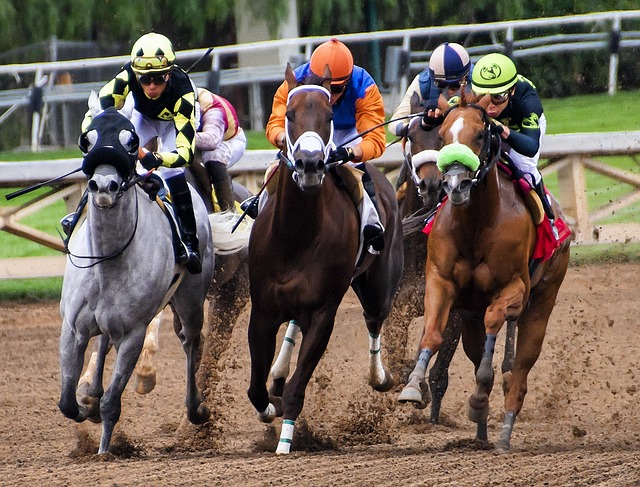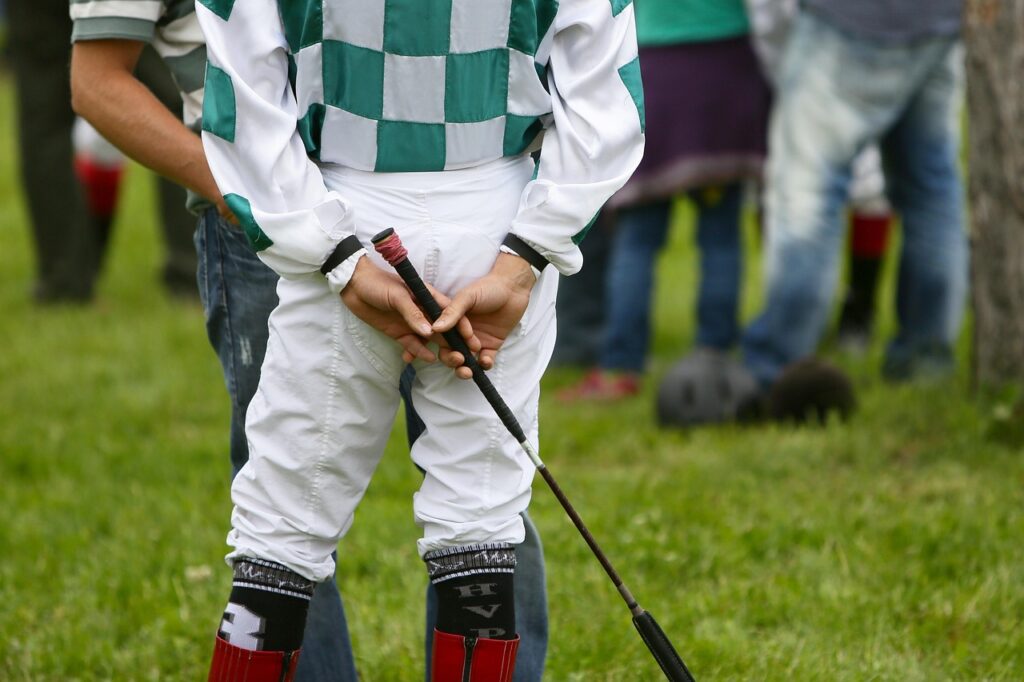 Jockey strategy and online casino betting tend to feel like two halves of the same puzzle in modern racing. In practice, most folks blend a sharp read of the rider with a staking plan that actually fits the tools on their phones. TipMeerkat suggests that experienced bettors look at a jockey’s recent win rate, how they click with a specific horse, and what happened last time in a similar setup.
Jockey strategy and online casino betting tend to feel like two halves of the same puzzle in modern racing. In practice, most folks blend a sharp read of the rider with a staking plan that actually fits the tools on their phones. TipMeerkat suggests that experienced bettors look at a jockey’s recent win rate, how they click with a specific horse, and what happened last time in a similar setup.
At the same time, online systems push people toward value hunting, Dutching, or the steady comfort of each-way bets. Exchanges and odds screens add a bit of leverage. When the margins are thin, it seems the edge lives in stitching together performance data with basic probability thinking, then easing the risk a touch rather than swinging big.
Jockey analysis in modern horse racing
Jockey performance often shows up as a core piece of the outcome, though it is not the only one. AcePerHead data indicates that riders posting something like a 20% win rate over the last couple of months tend to finish better than the rest. Just as an online casino player learns that consistency and strategy matter, experience on the track matters too—probably more than we admit. When a rider stays on the same mount repeatedly, decision-making speeds up and small choices get cleaner. Track goes soft or a rival moves early, and the better pairs adapt without much fuss.
Trainers sit in this mix as well. Combinations such as Charlie Appleby with William Buick in the UK are widely believed to deliver higher strike rates, sometimes above 25% in big meetings. Guides typically nudge punters to track those pairings, especially when both sides are in form. It also pays to notice the boring details, like how a jockey handles different ground, distance, or draw. For a lot of successful bettors, this kind of granular view becomes the spine of selection, helping them spot the runner that is quietly better supported than the market implies.
Online casino horse race betting strategies
Online platforms have changed the tempo of betting. Odds move fast, information arrives faster, and there is usually another race waiting. Value betting sits near the top for many, since it chases prices that appear a touch bigger than a horse’s true chance. BreakingTheLines mentions following steamers, meaning underdogs that attract sudden market interest, which can reveal value if the move is real. Dutching, where you cover two or more plausible winners, may soften variance.
Each-way remains a comfortable default for plenty of people. One stake split between win and place keeps some return alive even when first is unreachable, and most online casino platforms handle each-way stakes cleanly. Detailed form work underpins everything. Bettors tend to check jockey and trainer links, recent runs, and little context cues before they click. Many keep a log and trim or tweak their models after each meeting. On online casino sites, data histories and advanced tools make tracking bets and performance straightforward. Moving the old paper-and-pen habits into a digital workflow is, arguably, where a lot of the quiet gains come from.
Integrating strategy for maximum success
One-note approaches rarely hold up for long. The better results seem to show up where tight jockey analysis meets a staking method that fits the race shape. A common path is to shortlist mounts with in-form riders paired with trainers who are also firing, then apply a value screen or a Dutching layout to pick the actual bets. Watching the market helps, too. A clear and lasting odds move can hint at support that is not obvious in the raw form.
It is an iterative game. People review races, keep notes, and adjust. Blend the human bits with the math, for instance by layering a rider’s turf record over a value-driven shortlist, and you might squeeze out a small, steady edge. MustangRescue points to the usefulness of recording almost everything, from trainer switches to weather effects, which can sometimes beat a blind algorithm. In the end, actual profits seem to arise where horse and rider factors intersect with disciplined, almost boring, bet management.
Comparing jockey-based and online betting strategies
There is a real difference in emphasis. A jockey-first angle leans into rider form, partnerships, and the decisions made mid-race. Online-led methods lean into price, modeled edges, and specializations like each-way or Dutching. Many practitioners advise mixing both. Before staking, they check the rider’s numbers, scan the trainer’s record, then overlay what the odds are offering and whether any value remains.
The tools matter more than people like to admit. Race records, partnership stats, and near-live form sit alongside odds trackers and simple bet logs. That hybrid, layered workflow often underpins whatever edge exists. BreakingTheLines argues that blending human reads with technical data tends to improve outcomes, particularly when record-keeping is frictionless. As racing grows more data-aware, this kind of interplay will likely sit closer to the center of most betting plans, not the fringe.
Responsible gambling in online horse racing
Understanding probability is only half of it. Responsible habits keep the lights on. Set limits before you start. Try not to chase losses, especially when the markets move in minutes. Most major online casino sites include deposit caps or self-exclusion tools if you need them. If the fun goes missing, step back and take a breather. Organizations like GamCare and local helplines can help. In horse racing as in most things, steady discipline and a bit of self-awareness carry further than any single angle or system.

 Jockey strategy and online casino betting tend to feel like two halves of the same puzzle in modern racing. In practice, most folks blend a sharp read of the rider with a staking plan that actually fits the tools on their phones. TipMeerkat suggests that experienced bettors look at a jockey’s recent win rate, how they click with a specific horse, and what happened last time in a similar setup.
Jockey strategy and online casino betting tend to feel like two halves of the same puzzle in modern racing. In practice, most folks blend a sharp read of the rider with a staking plan that actually fits the tools on their phones. TipMeerkat suggests that experienced bettors look at a jockey’s recent win rate, how they click with a specific horse, and what happened last time in a similar setup. Here at the Jockeys website, we pride ourselves in detailing both household names of the racing world, as well as up and coming jockeys making a name for themselves in the moment. Of course if we take a snapshot of ‘now’, the blend is often a combination of the two, with both experience and a hunger to succeed forming part of that mix. Let’s take a look at 2025 over both the flat and jumps to demonstrate that.
Here at the Jockeys website, we pride ourselves in detailing both household names of the racing world, as well as up and coming jockeys making a name for themselves in the moment. Of course if we take a snapshot of ‘now’, the blend is often a combination of the two, with both experience and a hunger to succeed forming part of that mix. Let’s take a look at 2025 over both the flat and jumps to demonstrate that.